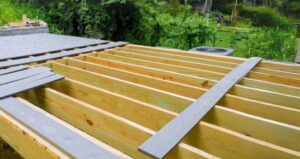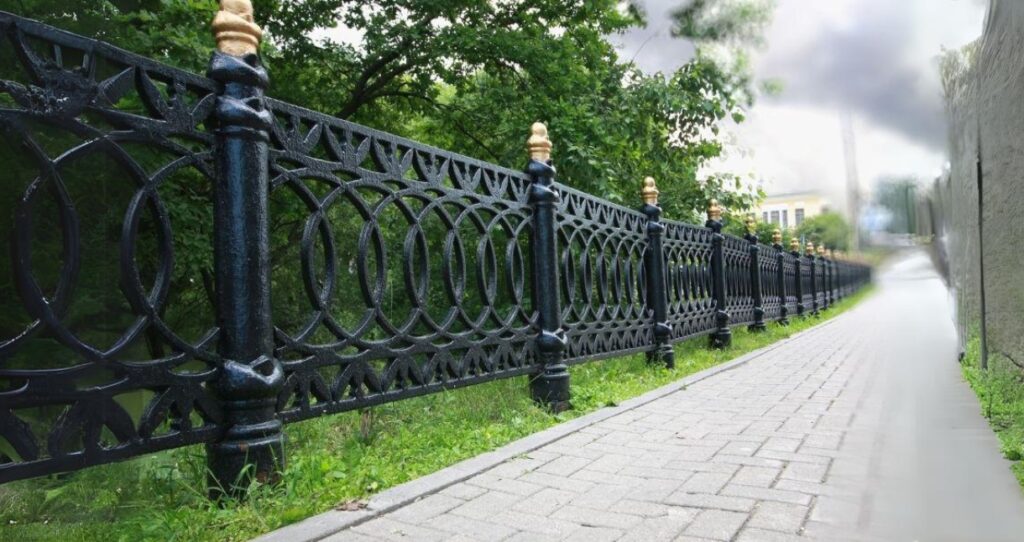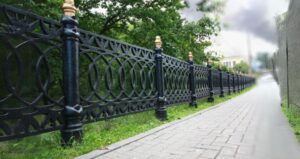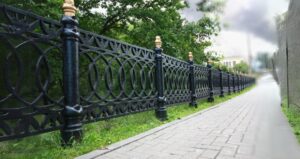

In the realm of architecture and landscaping, fences often play a crucial yet understated role. They are not just physical barriers but can be symbolic, aesthetic, and functional elements that contribute to the overall character of a space. Fences have evolved from simple enclosures to multifaceted structures, serving diverse purposes in both residential and commercial settings.
One of the primary functions of fences is to establish boundaries and provide a sense of security. In residential areas, fences delineate property lines, creating a clear distinction between personal space and the public domain. This demarcation is not just about exclusivity but also contributes to a sense of privacy, giving homeowners a sanctuary within the confines of their property. Security fences, often equipped with sophisticated technologies, go beyond physical barriers to ensure the safety of homes and their inhabitants.
However, fences are not merely utilitarian structures; they are also integral components of landscape design. The right fence can enhance the aesthetic appeal of a property, complementing its architectural style and natural surroundings. Fences can be crafted from various materials such as wood, metal, vinyl, or even living elements like hedges. The choice of material, design, and color can transform a fence from a functional necessity into a design statement that adds character and charm to a space.
Moreover, fences serve as canvases for artistic expression. Murals, intricate patterns, or even recycled materials can be used to turn a mundane fence into a work of art. Public spaces, in, have embraced the concept of decorative fences to add vibrancy and visual interest. The integration of art into fence design not only beautifies the environment but also fosters a sense of community and cultural identity.
In addition to their aesthetic and security functions, fences contribute to environmental sustainability. Living fences, made of plants and trees, provide a green alternative that promotes biodiversity and improves air quality. These natural barriers not only define spaces but also create habitats for various species, contributing to a healthier ecosystem. As society becomes more environmentally conscious, the demand for eco-friendly fencing options continues to rise.
Fences are not limited to residential areas; they play a vital role in agriculture, transportation, and industry. Agricultural fencing safeguards crops from wildlife, protecting farmers’ livelihoods. In transportation, fences contribute to road safety by preventing unauthorized access to highways and railway tracks. Industrial complexes utilize fences to secure facilities, ensuring the safety of workers and the protection of valuable equipment and materials.
In conclusion, fences are versatile elements that extend beyond their conventional roles of boundary-setting and security. They have evolved into integral components of design, offering aesthetic appeal, artistic expression, and environmental benefits. As we continue to explore innovative materials and design concepts, fences will likely become even more integral to the way we shape our spaces, striking a balance between functionality and artistic expression. The next time you encounter a fence, take a moment to appreciate its role in defining and enhancing the spaces we inhabit.
Recent Posts


The Importance of Timely Truck Repair Services

Beyond Boundaries: The Art and Purpose of Fences


